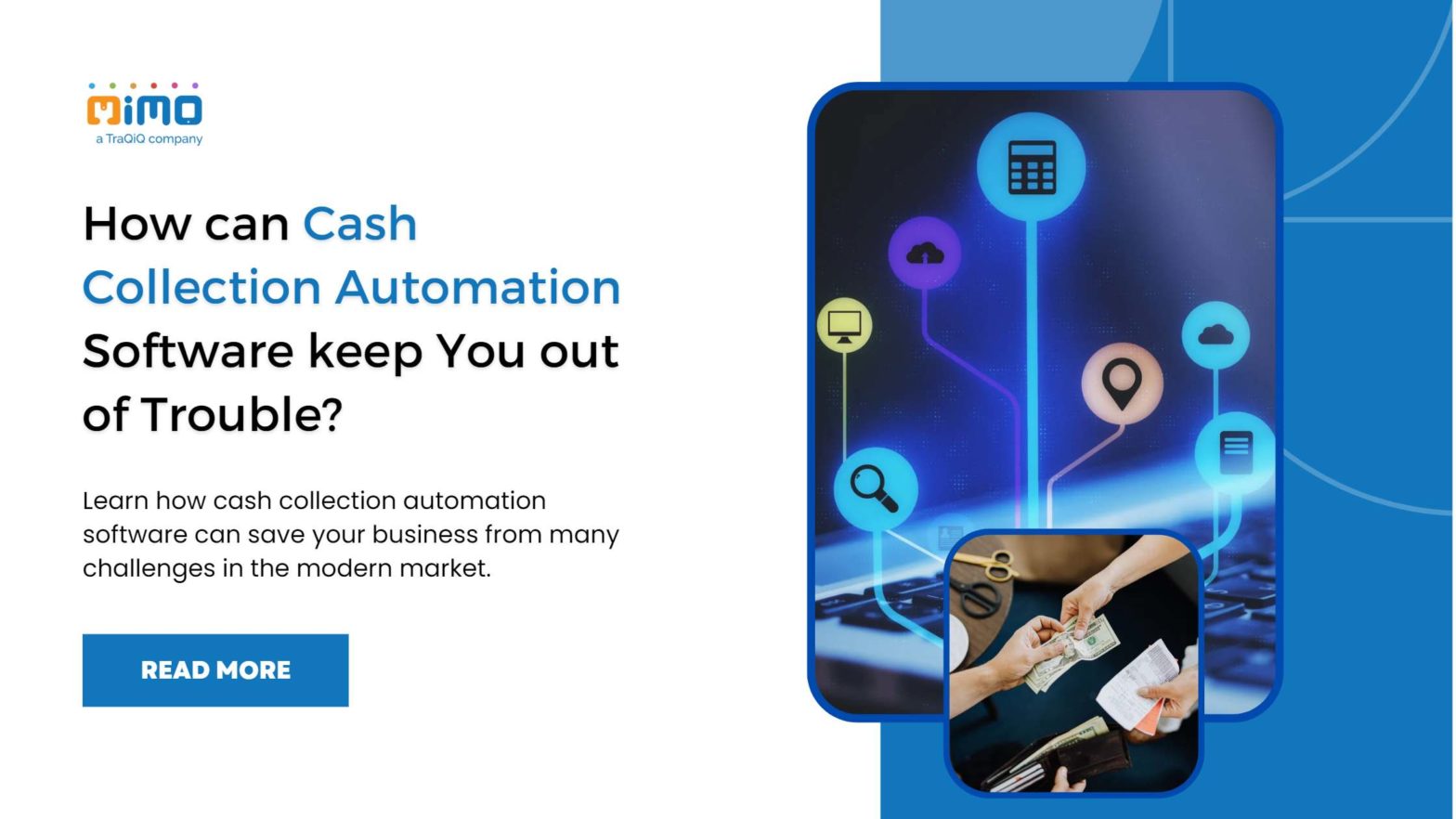
Blockchain: The Answer to an Efficient, Transparent Hiring Process?
Blockchain technology has recently changed how employers and employment agencies find, screen, and verify job candidates. The recruitment process has transformed massively, helping recruiters find the right candidate. Global MNCs are increasingly turning to decentralized ledgers because blockchain provides security for safeguarding data integrity, like job histories or academic credentials. In September 2021, Block data research found that 65 of the top 100 publicly traded companies actively worked on blockchain solutions.
This constant change shows that modern hiring methods have improved over time, even though resume screening has mostly stayed the same. Back then, LinkedIn led the pack as a platform for employment, making life easier for job searchers and employers by hiring six applications per minute. Now, several comparatively modern technologies—like cryptocurrency and blockchain—show promise for employment.
Although there is technology adoption, the overall hiring process is still complex. It’s a big bet that blockchain will be the only way to solve all the problems with recruiting. Nevertheless, database processes and the automation of hiring processes are unavoidable.
Table of Contents
What makes blockchain an ideal option for recruitment?
Blockchain is a decentralized, open ledger configured to record anything of value. It is a public record of economic transactions. To put it another way, it is used to keep accurate records.
Furthermore, you cannot alter the digital record, and it is impossible to steal, remove, or change data that has already been placed on the chain. The hiring process will be simple when personal information like a person’s education, career history, and other work-related details are securely kept and exchanged on a real-time public digital ledger or blockchain.
A blockchain allows a recruiter to get information about a potential employee’s training and work history quickly, accurately, and in full. Therefore, it is impossible to accept a resume at face value, contact references directly, or spend excessive time poring through the LinkedIn profile of the candidate.
How can blockchain help with the transparent hiring process?
Many people may find it surprising that blockchain is becoming relevant in the recruiting market, thanks to its process for dealing with the collection of data.
But blockchain will continue to revolutionize the employment market.
Although blockchain is still in its infancy, it already has the potential to alter the way recruiters find prospects. Let us check how blockchain helps in recruitment-

Candidates cannot lie on their resume
People often lie on their resumes about their qualifications and jobs they’ve had in the past. According to reports, some candidates who applied for a job in the last six months would think about giving false information about themselves on their resumes to land their dream job.
With blockchain, however, this kind of data manipulation is no longer possible because people can no longer lie and add fake successes to their resumes, like title changes, raises, etc. Because blockchain technology is completely open and doesn’t have a single point of control, recruiters can store any information on their ledger, no matter how far away it is. Additionally, because of the decentralized nature of the blockchain, it will be difficult for anyone to provide fraudulent information because any call entry will be automatically rejected. Also, the information will show why the candidate was fired from their last job. Reasons could be anything from moonlighting to inaccuracies in work. Since employee moonlighting is a common thing, recruiters need to be confident.
Accuracy
Credentials of employers, candidates, and agencies verified using blockchain are trustworthy due to their accuracy in creating records. Every digital information is kept up-to-date and in the form of a permanent record of the candidate’s data.
Saves Valuable Time for Recruitment Professionals
Today, work is no longer confined to a single area. Because of this, it is now hard to find a candidate’s work history and confirm it. Blockchain, however, can speed up the verification process. From employment background checks to other details, the data will provide complete details and save valuable time. Imagine that you have used the conventional hiring procedure to find the ideal individual. You must now finish the recommendations. How will you carry that out?
A few alternatives are available, including contacting the candidate’s former employers or lecturers to complete the referral. But with blockchain, you will have to spend less time finding and talking to the previous employers of the person you want to hire. You can get the information quickly, thanks to blockchain technology.
Does Background check
Undoubtedly, a blockchain HR system can speed up background checks and referrals, giving recruiters instant access to candidates’ work and school history, etc.
All information, like past addresses, credentials, work history, visa status, and payment information, can be kept in a single blockchain application.
Using blockchain, it is possible to access the verified records and quickly and safely check all the information a candidate has sent in. A recruiter can hire the candidate because they are confident that the information provided by the candidate is as accurate as possible. Blockchain can also aid in multidimensional or skill matching when used with AI.
Complete the Contracting Procedure

Blockchain can help speed up the hiring process by making it easier to sign contracts with candidates. It can be done in seconds, just like running a background check. When you hire someone or bring them on board, you need to give them different login information, details, passcodes, security access codes, etc. As a recruiter, you might have to walk back and forth between different papers and departments to get and confirm the information you need to finish the profile of your new hire and put it into your system.
However, blockchain hiring technology can eliminate the need for all these employee contracting stages. Smart contracts on the blockchain make it possible to input employee information, obtain their payroll number, and access their employment contract quickly and precisely. On the other hand, paperwork always has an opportunity for error.
Complete Security
The distributed, decentralized design of the blockchain makes pre-employment screening more secure and reduces the chance of identity fraud. The distributed ledger replicates and cryptographically secures the candidate’s verified credentials. The user is in charge throughout the process and decides exactly what information about themselves to share and with whom.
Recruitment through blockchain: How long will it stay?
Employment background checks are a vital part of recruitment, and with the blockchain enabling the process, things are quite handy. Blockchain recruitment is a new thing that will stay for a long time. Some recruiters are not big fans of blockchain recruitment technology. Some others even think recruiters may lose their jobs if businesses use blockchain for human resources.
When you are reluctant to try something new and allow indecision to guide your choice, you stunt development and lessen the likelihood of finding novel and innovative solutions. Indeed, blockchain has already impacted many sectors, including banking, insurance, real estate, and finance. Cryptocurrencies built on blockchain technology are already widely used in commerce. It is now getting into the recruitment zone and is bringing massive change.
Takeaway
Want to utilize blockchain in hiring to its fullest potential? Or do you wish to incorporate blockchain technology into your company? Using MIMOIQ’s service can help you with a background check on an employee and other things.
Using modern tools, MIMOIQ makes business recruitment simple by integrating cutting-edge and futuristic technologies like blockchain, AI, and face recognition into your company.
Like this article?
More To Explore

Elevating Internal Audit to Its Maximum Impact
+91 1141182211 Internal audit serves a critical role in ensuring accountability transparency. It is also well suited for enhancing good

Why is Internal Audit Important for Strengthening Banking Organizations?
+91 1141182211 IA procedures are the cornerstone of a robust banking system. They act as a powerful tool for banks

What are the Numerous Advantages of Auditing and Assurance Services?
+91 1141182211 Financial transparency, risk management, and improved internal controls are all crucial aspects of a healthy organization. But how



































